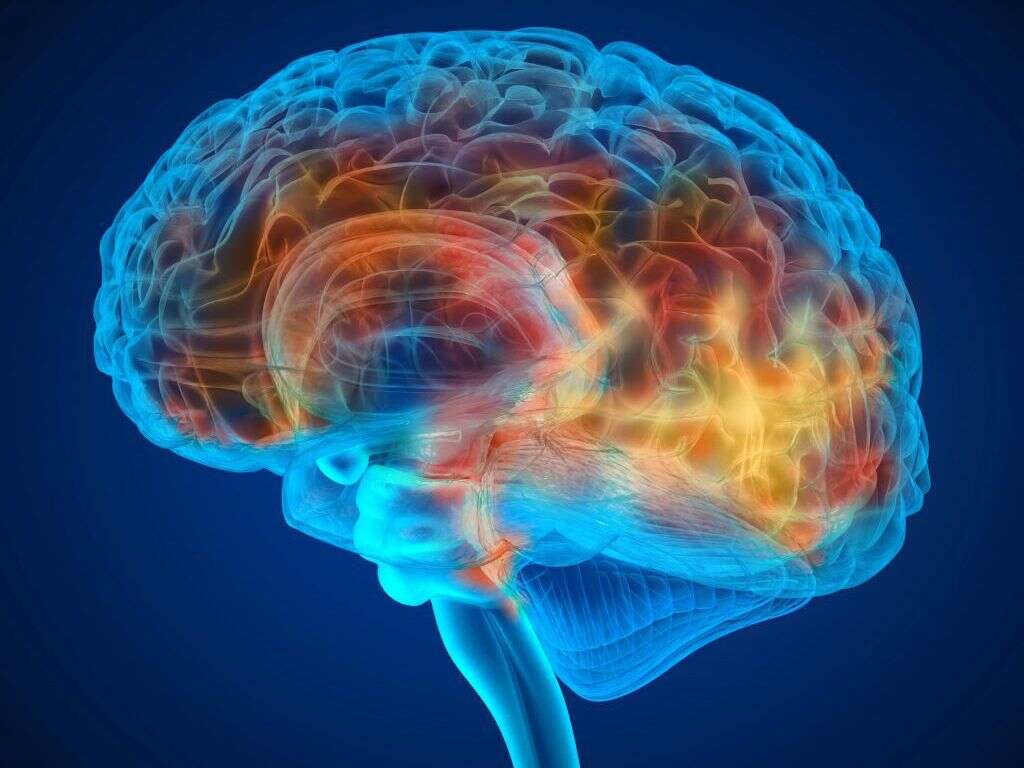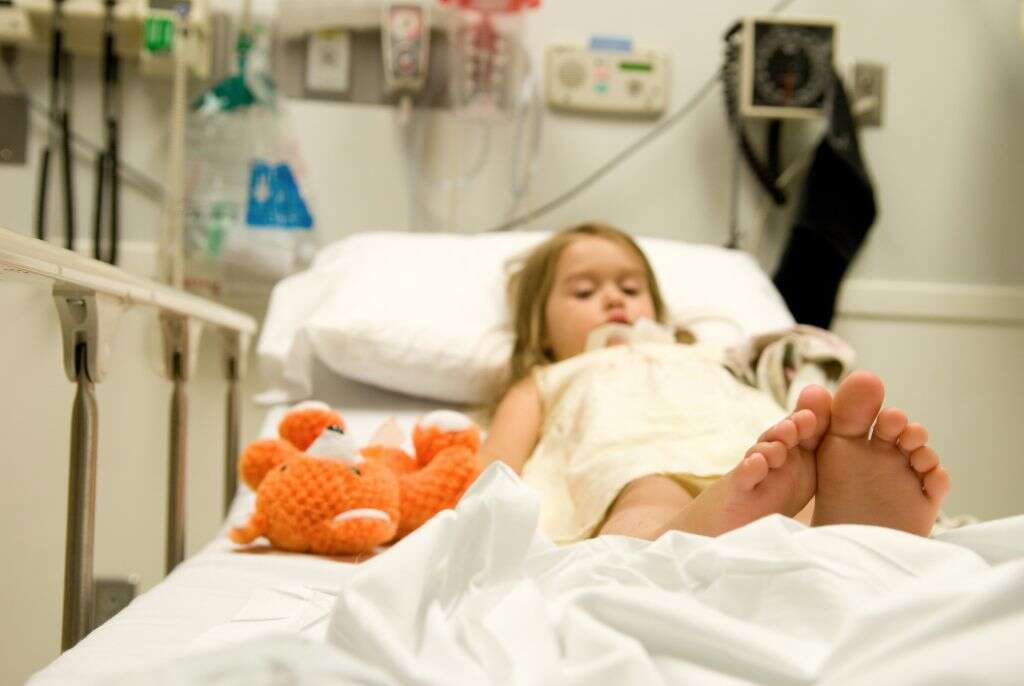What Is Reye's Syndrome?
Although it is a rare condition, Reye’s syndrome can be very serious. This syndrome is associated with a problem with metabolic system regulation due to a viral infection or medication.
Children are more likely to develop Reye’s syndrome. Under certain conditions, however, it can be a problem throughout the teenage years. Occurrences in adults are very uncommon.

1. What is Reye’s Syndrome?
Reye’s syndrome is characterized by the swelling of internal organs, especially the liver and the brain. It typically occurs in children and teenagers who have recently recovered from a virus or who are currently in the process of viral illness recovery.
The syndrome is considered rare, but when it occurs, it can be serious or even life-threatening. Anyone suspected of suffering from Reye’s syndrome needs to be evaluated and treated by a physician immediately to avoid the advancement of symptoms.

2. What Are the Symptoms?
The symptoms of Reye’s syndrome are often different for younger children than for teenagers. Children under the age of two may experience diarrhea, lethargy and rapid breathing, which can advance to confusion and seizures as the condition progresses.
Children over the age of two and teenagers also experience extreme lethargy, but they also usually exhibit persistent vomiting. Irrational or aggressive behavior may occur as symptoms progress, along with confusion and limb weakness. Seizures and reduced levels of consciousness are severe symptoms that require immediate emergency treatment.

3. What Is the Cause?
Sometimes Reye’s syndrome occurs, and no cause is known. Other cases can be traced back to a previously unknown underlying metabolic condition that is brought out during the viral illness. This metabolic condition involves a missing enzyme necessary for the breakdown of fatty acids.
Reye’s syndrome can also be caused by external factors. The most common circumstance is the use of aspirin to treat fever and other symptoms of a viral illness in children. For this reason, aspirin should never be given to children. Other external factors, such as exposure to pesticides or paint thinner, have been explored as potential causes of Reye’s syndrome.

4. Who Is at Risk?
Children from infancy through the teenage years are at the greatest risk for developing Reye’s syndrome although it is less likely for a teenager to develop it than for younger children. Underlying conditions can also increase the child’s risk.
A child missing the enzyme for fatty acid oxidization is at a higher risk and should be monitored after any viral illness, such as chickenpox or the flu. Children under age two should not be given aspirin at all, and older children who have taken aspirin are at an increased risk for this syndrome.

5. When Is a Doctor Visit Needed?
Whenever Reye’s syndrome is suspected, an analysis by a physician is necessary for prompt diagnosis and treatment. When the condition progresses, it may quickly become dangerous, and new, more serious symptoms can begin to develop within days.
Children and teenagers who currently have a viral illness, or who have recently recovered from one, and are experiencing the symptoms of Reye’s syndrome, should be evaluated without delay. This applies even without a known underlying condition or the recent use of aspirin.

6. What Does the Doctor Need To Know?
Symptoms of Reye’s syndrome such as seizure or loss of consciousness are considered an emergency, and the patient will need to be seen right away. The physician needs to know some background information about the patient to make sure all diagnostic tools and treatment options are available. Write down any medications the child is currently taking or has used in the past several weeks.
A list of symptoms, along with a timeline of occurrence, is also helpful during diagnosis. If the doctor has given any directions about preparation, such as fasting in case a biopsy under general anesthesia is needed, make sure the directions have been followed. It can also be helpful to write down a list of questions to ask the doctor to make sure all bases are covered.

7. How Is Reye’s Syndrome Diagnosed?
The diagnostic process for Reye’s syndrome involves bloodwork, imaging and other potentially more invasive diagnostic tools if necessary. Bloodwork and urine tests can check for a disorder involving fatty acid oxidization. A CT scan or MRI may be conducted to learn more about the status of the brain and the liver and to look for swelling.
In some cases, a biopsy is needed to look for abnormalities. Biopsies may be taken of the skin and the liver. The liver biopsy can help rule out other conditions while the skin biopsy can assist with the diagnosis of fatty acid oxidation difficulties. A lumbar puncture may also be necessary so the physician can eliminate other conditions with similar symptoms, such as meningitis or encephalitis.

8. What Are the Potential Complications and Prognosis?
With recognition, diagnosis and treatment, the majority of children who experience Reye’s syndrome survive. Many are able to recover without any long-term complications if prompt treatment is available.
Some children who experience swelling in the brain or who have a late diagnosis have brain damage due to swelling. This damage to the brain can be permanent. The condition can also be fatal if not recognized and treated in a timely manner.

9. What Is the Treatment?
When a child is diagnosed with Reye’s syndrome, admission to the hospital is usually required. In more severe cases, the child is admitted into the intensive care unit until stable. The first line of treatment is the use of intravenous fluids to address dehydration from vomiting and diarrhea. Keeping the body temperature stable may also involve the use of cooling blankets while in the hospital.
Medications are also used to treat the symptoms and to prevent permanent damage from the swelling of the organs. Diuretics reduce intracranial pressure and lessen the chance of brain damage due to brain tissue swelling. Problems with the liver can cause bleeding issues in the body, so additional medications such as plasma or vitamin K may be administered to minimize abnormal bleeding.

10. Can Reye’s Syndrome Be Prevented?
The only method of prevention of Reye’s syndrome is to avoid the use of aspirin in children and teenagers completely. Testing for a disorder involving the enzymes that break down fatty acids can also provide insight into the likelihood of a virus triggering the condition.
Since pesticides and paint thinners are being examined as potential triggers, making sure children are not exposed to these pollutants is another potential prevention method. Other than the avoidance of aspirin, monitoring higher-risk children during and after a viral infection is the only way to mitigate the chance of a serious case of Reye’s syndrome from developing.












